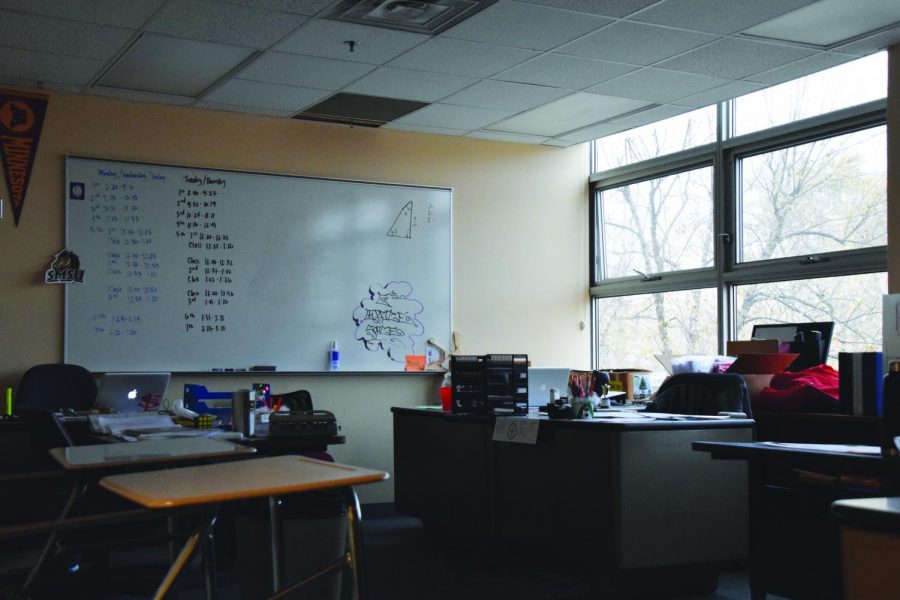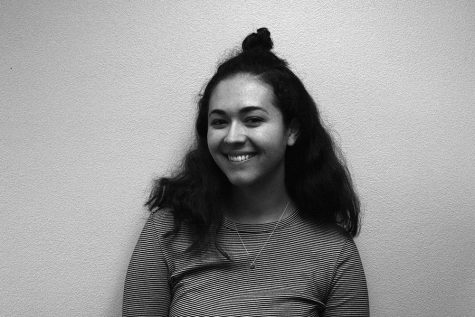In-school suspension referral process changed
Administration looks to keep students in the classroom
November 20, 2017
After being closed for the first six weeks of school, the procedure for in-school suspensions has changed, according to assistant principal Charles Johnson-Nixon.
Johnson-Nixon said Grade Level Coordinators (GLCs) now determine if a student requires time in the in-school suspension (ISS) room.
“The only major change to it is teachers cannot send a student directly to the ISS room,” Johnson-Nixon said. “It has to go through the process of calling down to the student office, then the administration determines whether or not the student should be sent.”
According to Johnson-Nixon, with the new changes, Grade Level Coordinators (GLC) and administrators now determine if a student requires time in the in-school suspension room, rather than the teachers.
“The only major change to it is teachers cannot send a student directly to the ISS room. It has to go through the process of calling down to the student office, a GLC or administrator coming and getting the student, then the administration determines whether or not the student should be sent to ISS.”
GLC Derrick Turner said the changes to the ISS procedure aim to increase student time in the classroom.
“Our hope is to get the student to where they understand that it’s about getting yourself together, taking that moment away from what is going on, getting yourself together and then getting yourself back into class where you need to be instead of being somewhere you honestly don’t need to be,” Turner said.
Johnson-Nixon said, he hopes to remove the ISS room completely in order to ensure more students remain in the classroom.
“I would like to do away with (ISS), but everything has a purpose for now,” Johnson-Nixon said. “When we look at how we discipline our students we want to make sure we’re giving them every opportunity to be in a classroom so they can learn.”
Science teacher Pat Hartman said while he handles most issues that arise in his classroom, he believes the ISS room is beneficial.
“I try to handle things within the classroom, but I think that there are times where, if you aren’t able to do your job as a teacher or if kids aren’t learning, sometimes if a kid is having a bad day or something like that, it’s nice to have a place for them to go,” Hartman said.
Freshman Grace Kanyinku said her classmates and teacher leaving the classroom during a discipline situation had negative impacts on the rest of the class.
“Half the class was gone because it was a big chunk of people that did it, so a lot of people, whose partners were the people taking out, were deprived of help, so they had to do a lot of the stuff by themselves,” Kanyinku said.
Kanyinku said she thinks the ISS room should be used because it allows students to keep up in their classes.
“Personally I think that administration should (use ISS), because as far as I know, when you’re in ISS all you do is do your work, you do your work all day,” Kanyinku said.
Johnson-Nixon said teachers should aim to interest all students in class in hopes to decrease the number of disciplinary incidents at Park.
“It’s critical for us that when there’s an issue with a student in the classroom, teachers are looking at how the information is presented, how they’re engaging the students and making strategic changes to what they’re doing so the incidents don’t occur,” Johnson-Nixon said. “When a student is engaged in the learning and they are driving the learning, your discipline problems drop significantly.”




